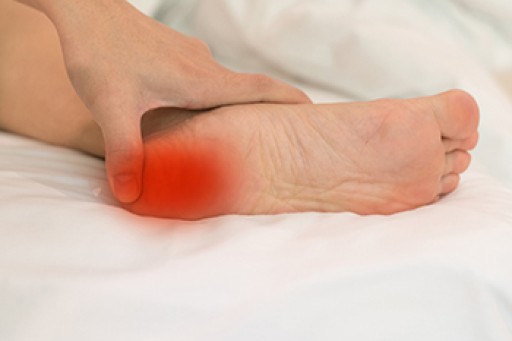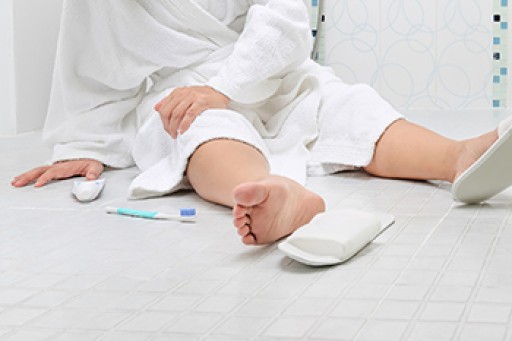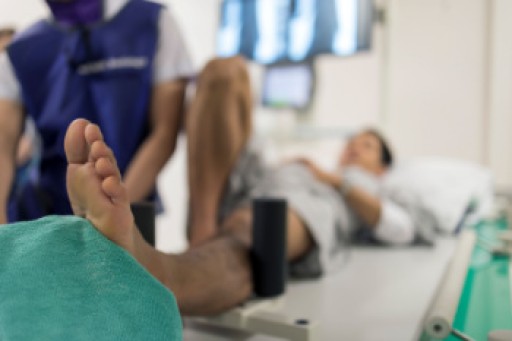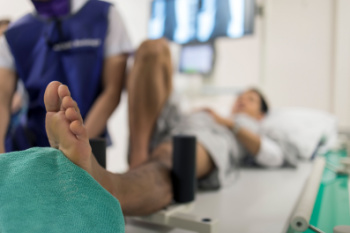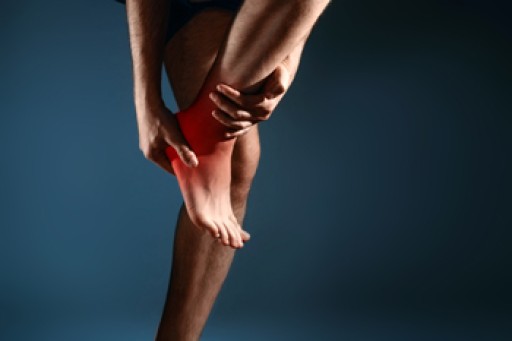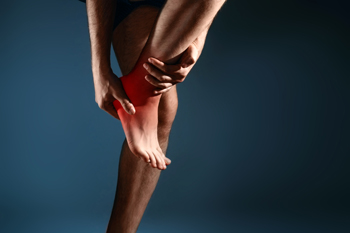
Minimally invasive surgical techniques have become valuable in podiatric surgery, offering effective solutions for common foot and ankle conditions with less trauma than traditional methods. These procedures involve small incisions, often under five millimeters, and specialized instruments to address issues like bunions, hammertoes, and bone spurs. By minimizing soft tissue disruption, minimally invasive surgery reduces postoperative pain, swelling, and the need for extensive recovery time, allowing patients to return to daily activities sooner. These techniques are particularly beneficial for patients with underlying health conditions who may not be ideal candidates for open surgery. Using real-time imaging, podiatrists can accurately correct deformities and other structural issues with high precision. Additionally, the reduced risk of infection and scarring makes these procedures attractive for both patients and practitioners. If you are facing the possibility of foot surgery, it is suggested that you consult a podiatrist to see if you are a candidate for this type of surgery.
Foot surgery is sometimes necessary to treat a foot ailment. To learn more, contact one of our podiatrists of Footcare Now. Our doctors will assist you with all of your foot and ankle needs.
When Is Surgery Necessary?
Foot and ankle surgery is generally reserved for cases in which less invasive, conservative procedures have failed to alleviate the problem. Some of the cases in which surgery may be necessary include:
- Removing foot deformities like bunions and bone spurs
- Severe arthritis that has caused bone issues
- Cosmetic reconstruction
What Types of Surgery Are There?
The type of surgery you receive will depend on the nature of the problem you have. Some of the possible surgeries include:
- Bunionectomy for painful bunions
- Surgical fusion for realignment of bones
- Neuropathy decompression surgery to treat nerve damage
Benefits of Surgery
Although surgery is usually a last resort, it can provide more complete pain relief compared to non-surgical methods and may allow you to finally resume full activity.
Surgical techniques have also become increasingly sophisticated. Techniques like endoscopic surgery allow for smaller incisions and faster recovery times.
If you have any questions please feel free to contact our offices located in Elmhurst Jackson Heights, and Astoria, NY . We offer the newest diagnostic and treatment technologies for all your foot and ankle needs.



